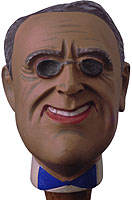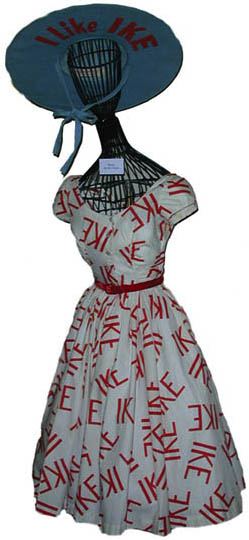|
Prevalent between 1880 and 1920, campaign cards were usually used to advertise products—everything from fabric to ale to mincemeat. Issued a year after the protracted Republican Party convention in 1880, at which delegates rejected a third term for President Ulysses S. Grant and instead nominated James Garfield, this set of cards forms a colorful picture puzzle. One of the pieces depicts Ulysses S. Grant uttering the principal slogan of his 1868 campaign, "Let Us Have Peace." Altogether, the set consists of 18 pieces, six with heads, six with midriffs, and six with legs and feet—each with a few choice words that parody Grant and other politicians. The combinations of pieces are as varied as the imagination, with the majority of possibilities more cynical than complimentary (and a few, surprisingly contemporary). |
||



|
Picture Puzzle
|
|
Read the
Cornell Chronicle's article on this exhibit
|
|
Back to RMC
Cornell University Library Division of Rare and Manuscript Collections
Carl A. Kroch Library, Cornell University, Ithaca, New York. (607) 255-3530













